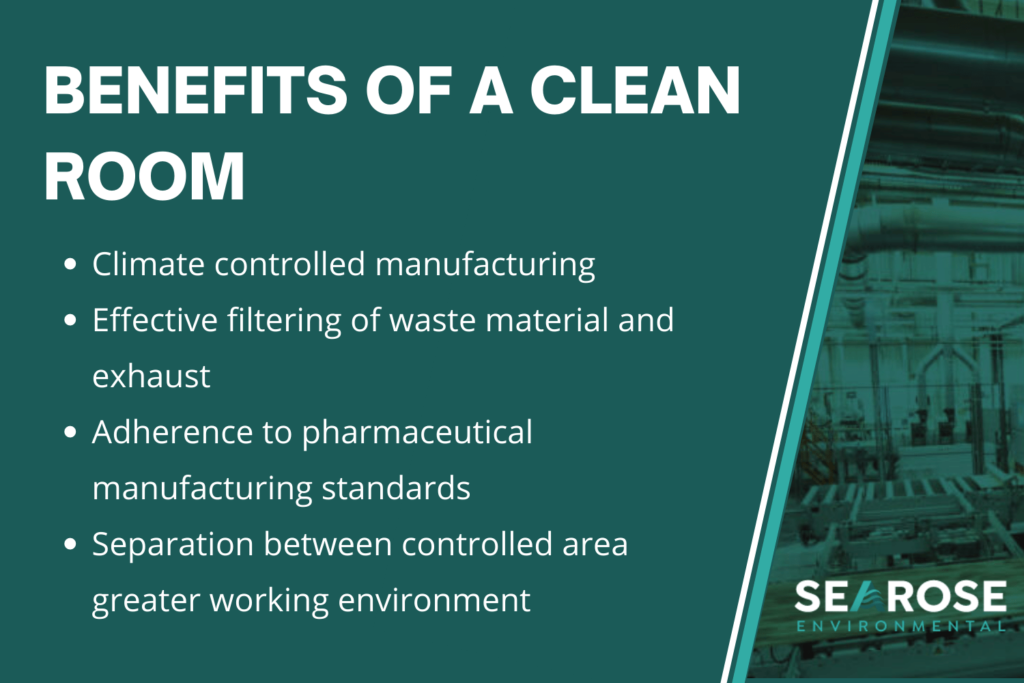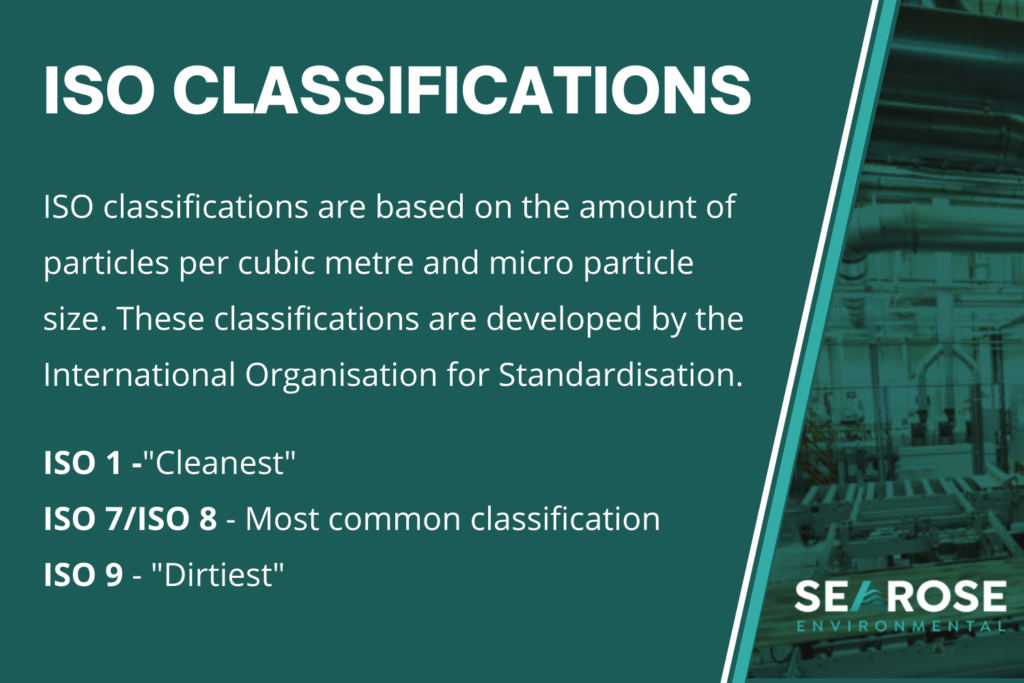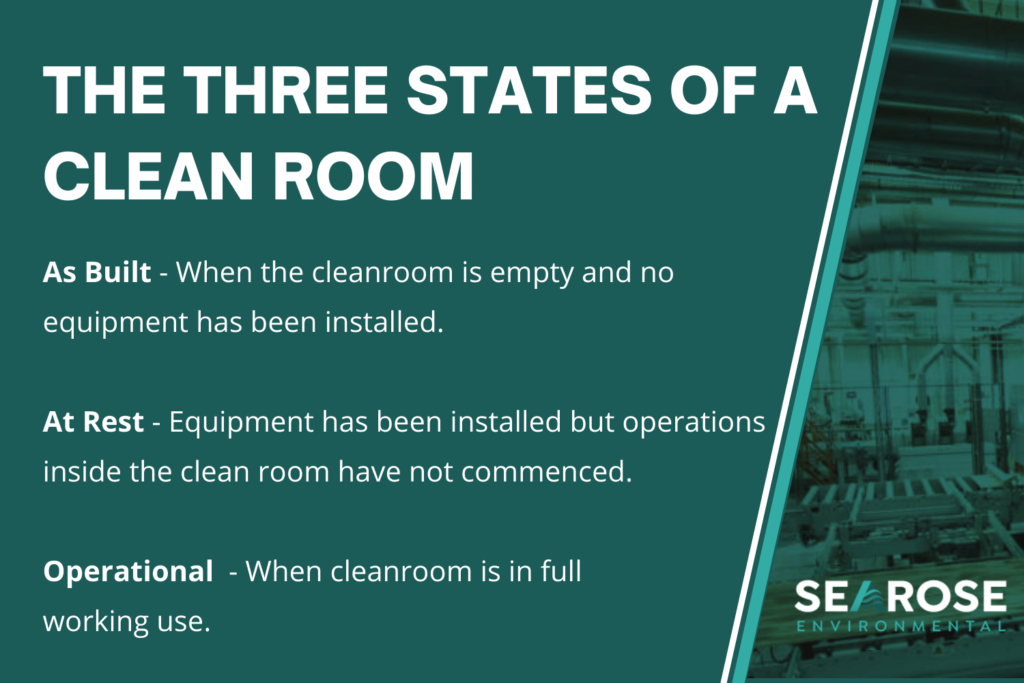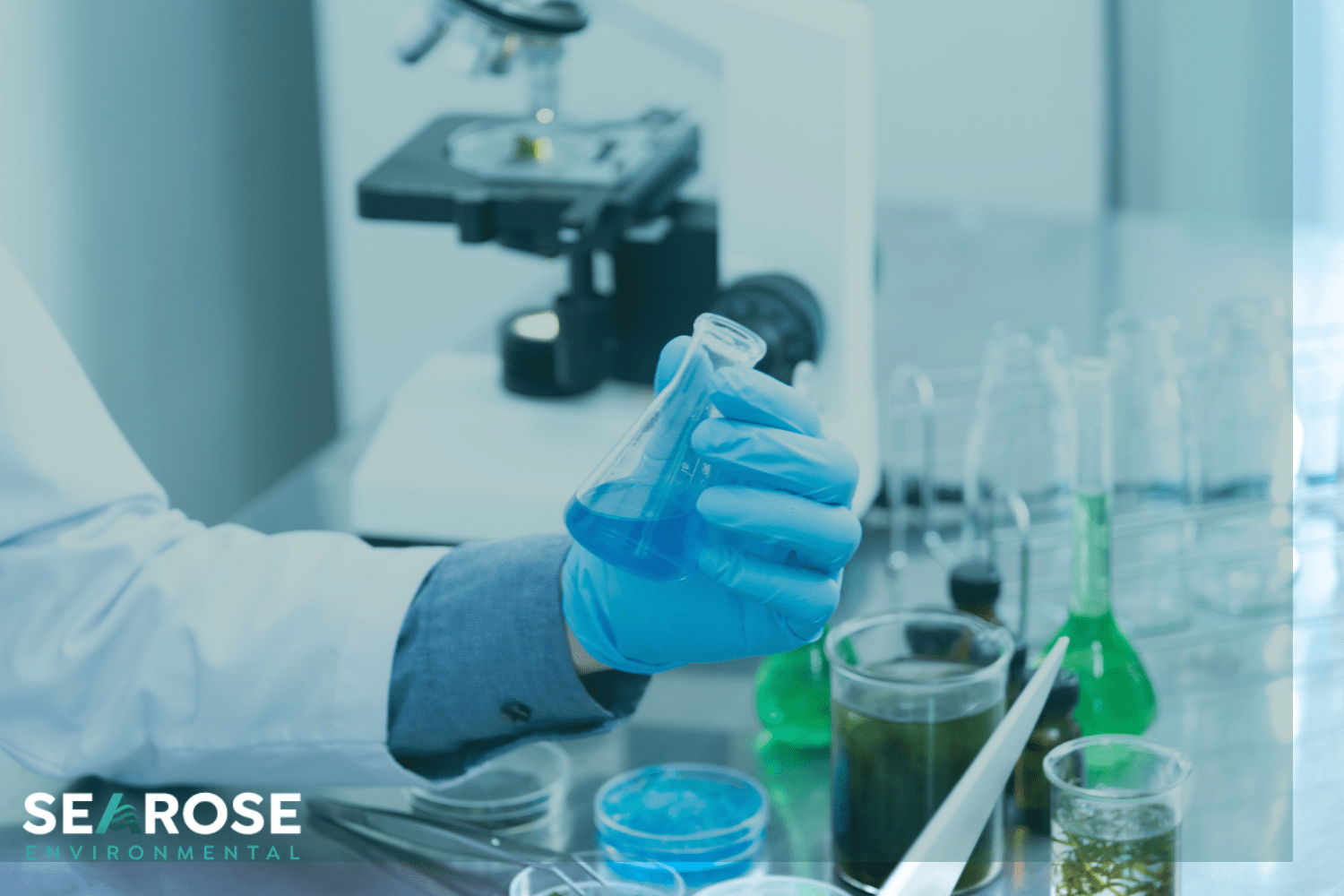Cleanrooms come in many different shapes, styles, and operating requirements and are utilised in various industries, including the pharmaceutical industry. Clean room standards for pharmaceutical manufacturing inform the specific operational and design need for creating a climate-controlled environment.
The Importance of Clean Room Standards for Pharmaceuticals
All cleanrooms seek to provide protection. This includes protecting the people working within the controlled environment, the product they are working on, the environment itself, and sometimes all three simultaneously.
Without cleanrooms, it is very hard to maintain operating conditions that are safe for workers and ensure maximum product quality and yield. The air conditioning and ventilation systems used in cleanrooms are critical for the manufacturing process.
What is a Cleanroom?
A cleanroom is an environment that has a controlled level of contamination specified by the number of particles per cubic meter. The types of environmental pollutants which are controlled include dust, airborne microbes, aerosols, and chemical vapours. Cleanrooms are used across many industries where the presence of small particles can affect the manufacturing process. Industries that commonly use cleanrooms include:
- Medical
- Electronics
- Aerospace
- Pharmaceutical
- Military
- Biotechnology
- Fibre Optics
- Food Processing
Clean room standards for pharmaceuticals can be achieved by controlling environmental conditions such as particle count, humidity, temperature, and pressure in line with specific industry and product guidelines.

When Are Cleanroom Facilities Necessary?
Cleanrooms are essential for manufacturing sterile products or processes that require precise environmental control to ensure adherence to quality or operational standards. Particularly in medical and pharmaceutical operations, products need to adhere to strict guidelines such as the Pharmaceutical Inspection Convention and Pharmaceutical Inspection Co-operation Scheme and Australian Standard 1368 1989. Policies such as these ensure products have been manufactured in a suitably controlled environment and are safe for consumers.
Depending on the processes being undertaken, cleanrooms also provide a safe level of separation between the raw materials and chemicals being handled. Manufacturing processes generate fumes that need to be exhausted to prevent contamination. HVAC systems move and filter air entering and exiting the cleanroom to ensure the greatest pollutant management possible.
Cleanrooms are also designed to provide a return on investment with an improvement in quality and production yield. For many in the manufacturing, safe, efficient and effective cleanroom facilities are the best investment made into their production.
Cleanroom Specifications
Clean Room standards for pharmaceuticals dictate the need for precise air handling as part of environmental control policies. An air handling unit controls the cleanroom’s temperature, humidity, air movement, and air cleanliness. As part of the air handling unit, filters remove particles of varying sizes from the air as it passes through.
A high-efficiency particular air (HEPA) filter is one of the most vital parts of a cleanroom. They are very efficient and able to filter 99.7% per cent of particles. They are particularly good at filtering minute particles and airborne bacteria.
Humidifiers are also used to control the humidity level of air, either for the comfort of the occupants or for specific environmental control for critical processes.
What Is Air Classification in Pharmaceuticals?
Cleanrooms are classified according to the level of air quality inside the controlled environment. Cleanroom standards range from ISO 1 to ISO 9, one being the “cleanest” and nine being the “dirtiest”. The most common cleanroom classifications are ISO 7 and ISO 8.

ISO standards are predominately used for manufacturing and research cleanrooms. Australian medicine manufacturers must hold a license from the Therapeutic Goods Administration (TGA). Classifications under the TGA use the Pharmaceutical Inspection Convention (PIC/S) Guide to Good Manufacturing Practice (GMP).
These guidelines cover all production standards, from assessment of raw materials, an inspection of production premises and machinery, and evaluation of staff training and hygiene procedures.
The International Organisation of Standardisation
Quality management standards developed by the International Organisation for Standardisation inform many clean room standards for pharmaceuticals and other industries. Experts around the world develop these standards for increased efficiency and reduced product failure.
ISO 14644 has been adopted as Australian Standard 14644 2002, which outlines the requirements for the design, operation, classification and monitoring of cleanrooms. These guidelines are directly related to clean room standards for pharmaceuticals and the manufacturing of sterile medicinal and pharmaceutical products.
The Therapeutic Goods Administration
The Therapeutic Goods Administration provides direction for air classification in pharmaceuticals, including cleanrooms and airborne particles. Expectations include:
- For the classification of ≤ISO 5 areas, the airborne particles ≥0.5µm should be measured.
- For classification of cleanrooms >ISO 5, the airborne particles should be measured for particles ≥0.5µm and ≥5.0µm
The TGA also provides expectations around testing and ongoing management of cleanrooms as part of its air classification in pharmaceuticals and other industries.
Before classifying the cleanrooms, an organisation should perform tests on various elements of the cleanroom, including:
- Installed filter leakage
- Humidity
- Air pressure difference measurement
- Airflow direction and visualisation
- Temperature
- Containment leak
- Airflow measurement
- Recovery
For cleanrooms, the time interval between requalification is 6-12 months. The exact time interval varies depending on the desired classification. For ≤ISO 5 areas, the maximum interval is six months. For>ISO 5 area, the maximum interval is 12 months.
Requalification is also necessary after:
- Completion of remedial work to remedy an out of compliance condition
- A change in the performance specification (e.g. a change in operational use)
- Any significant interruption to air movement that affects the operation of the cleanroom
- Specialist maintenance which significantly affects the operation of the cleanroom
What are the Different States of Cleanrooms?
When considering cleanroom standards for pharmaceuticals and cleanroom specifications, three different states are essential for classification.
- First, there is as built. As built is when the cleanroom is empty and no equipment has been installed.
- After the equipment has been installed but workers have yet to begin using the cleanroom, it is classified as at rest.
- When the cleanroom is in full working use, it is operational.
With the changes in states, there are also likely fluctuations in the particle count and other environmental conditions. As such, cleanrooms must be tested and validated for classification in each different state. The multi-stage testing can verify the effectiveness of equipment such as filters and air handling units before commencing full operation.
Why Are Cleanroom Specifications Important?
Clean room standards for pharmaceuticals ensure every aspect of a cleanroom is regularly and thoroughly tested including, construction, maintenance, and operating procedures. Ongoing assessment protects both the people and critical equipment inside the cleanroom, and regular monitoring identifies any contaminations or leakage before they cause significant damage. This also ensures maximum ongoing efficiency, ensuring product quality, and reducing downtime for costly repairs.

The Different Types of Cleanrooms
Various cleanroom designs and types exist as processes, settings, and requirements vary between industries and organisations. Here are the different types of facilities:
1. Hardwall Cleanrooms
These are the most common types of cleanrooms. They usually consist of multiple rooms and are designed to be robust, permanent, and durable. They can also be designed as a free-standing, self-contained room.
2. Softwall Cleanrooms
Softwall cleanrooms are utilised in areas with pre-existing air conditioning, such as a laboratory, office, or warehouse. They offer a flexible solution for excluding a contaminated environment from critical processes.
3. Portable Cleanrooms
Portable cleanrooms provide an excellent solution for those who need a cleanroom in a pre-existing space or for a particular length of time. These are typically designed with transportable frames and can be deployed to remote sites at a low cost. Some portable cleanrooms are even constructed within a shipping container!
4. Modular Cleanrooms
Modular cleanrooms are ideal for requirements that vary over time. Modular cleanrooms can be altered, expanded, or added to a pre-existing space to provide a non-permanent solution.
The Importance of Effective Cleanroom Design
Effective cleanroom design, operation, and appropriate staff and hygiene training ensure efficient production and manufacturing processes. Cleanrooms are the most effective way in which manufacturers can control the production environment and reduce contamination to other areas within the working space.
The Experts in Cleanroom Facilities
At Searose Environmental, we provide expert Cleanroom Facility Services Brisbane. We design, supply, install and service all cleanroom facilities, complete with full TGA documentation and in line with cleanroom standards for pharmaceuticals. Our advanced environmental chambers are tailor-made and constructed, using industry-leading cleanroom technology to incorporate and integrate all aspects of the required operation. We provide an unmatched level of detail and expertise for cleanroom design and construction within the food and pharmaceutical GMP industry.
Contact our team today if you want more information about how we can help you or are looking for a free no obligation quote on cleanroom design and implementation.
